Ford Mustang (1999-2004) Service Manual: Damper
Removal
CAUTION: Suspension fasteners are critical parts because they affect performance of vital components and systems and their failure can result in major service expense. A new part with the same part number must be installed if installation becomes necessary. If substitution is necessary, the part must be of the same finish and property class. Torque values must be used as specified during reassembly to make sure of correct retention of these parts.
1. Raise the vehicle.
2. Remove the wheel and tire assembly.
3. Disconnect the damper from the axle.
1. Remove the bolt.
2. Disconnect the damper.
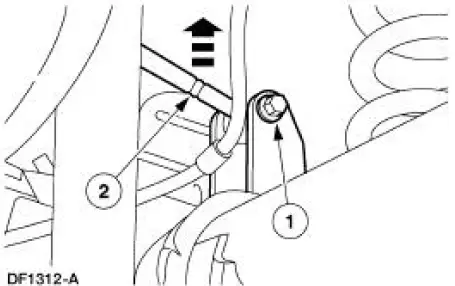
4. Remove the damper.
1. Remove the nut.
2. Remove the outer washer.
3. Remove the damper.
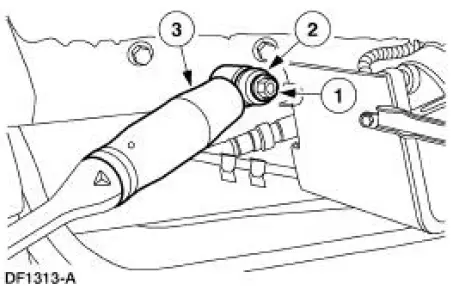
Installation
1. Make sure the inner washer is positioned on the stud.
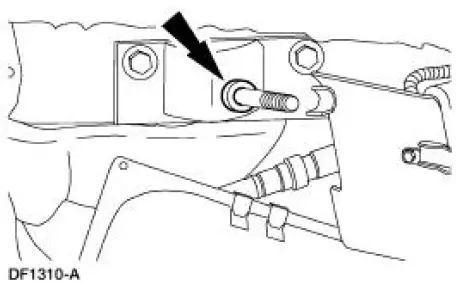
2. Install the damper.
1. Install the damper on the rear bracket.
2. Install the outer washer.
3. Install the nut. Do not tighten the nut at this time.
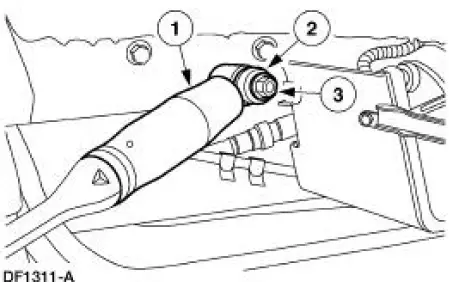
3. Connect the damper to the axle.
1. Position the damper.
2. Install the bolt.
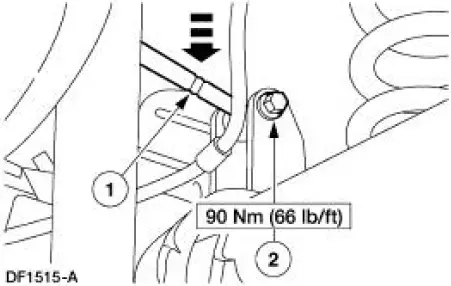
4. Tighten the nut.
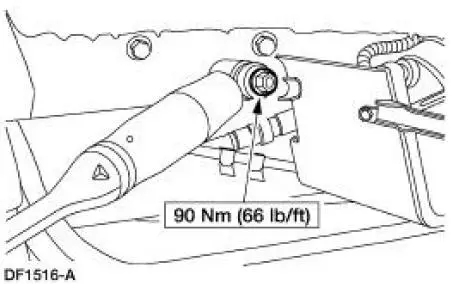
5. Install the wheel and tire assembly.
6. Lower the vehicle.
 Shock Absorber
Shock Absorber
Removal
WARNING: All vehicles are equipped with gas pressurized shock absorbers
which will
extend unassisted. Do not apply heat or flame to the shock absorbers during
removal or
component servicing. ...
 Wheels and Tires
Wheels and Tires
General Specifications
Torque Specifications
Description
Nm
lb-ft
Wheel nuts
129
95
...
Other materials:
Installation
1. Clean the A/C disc and field coil and pulley mounting surfaces.
2. CAUTION: Do not use air tools. The A/C clutch field coil can be easily
damaged.
Install the A/C clutch field coil.
1. Place the A/C clutch field coil on the A/C compressor with the A/C
...
Installation
1. Position the side rail and install the bolts.
2. NOTE: Tighten the bottom bolt first.
Connect the mounting bracket and install the bolts.
3. NOTE: Line up the marks in the number four bow.
Tighten the bolt.
4. Connect the number two and number three ...
Gearshift Rail Bushing
Special Tool(s)
Universal Puller Set
303-DS005 (D80L-100-A) or
equivalent
Installer, Shift Rail Bushing
308-244 (T96P-7025-F)
Slide Hammer
100-001 (T50T-100-A)
Disassembly and Assembly
1. Using the special tools, r ...
